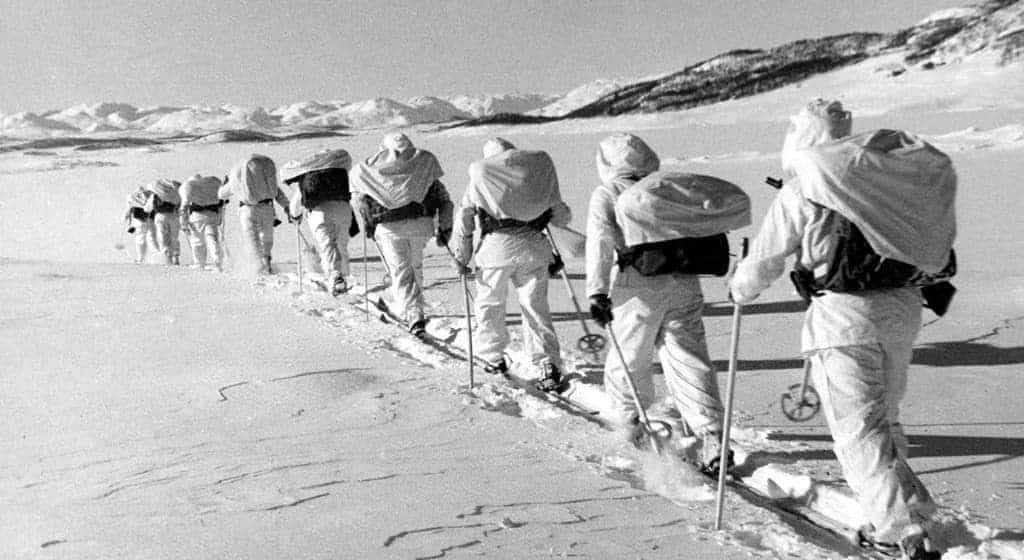Operation Gunnerside was a daring mission to prevent the Nazis from finding the ingredients to create an atomic bomb. It was part of the Norwegian Heavy Water Project designed to stop the Germans from acquiring the deuterium oxide (heavy water) they needed to create nuclear weapons.
Just before the German invasion of Norway in April 1940, French military intelligence removed over 400 pounds of heavy water from the Vemork Hydroelectric Plant. The plant was capable of creating 12 tons of deuterium oxide a year, so the Allies knew the Nazis would probably use the facility to create the potentially devastating ingredient.
A Disastrous Beginning
When the Nazis took control of Vemork, the Allies tried everything possible to destroy the plant. In October 1942, they began a pair of missions they hoped would destroy the facility once and for all. In Operation Grouse, four Norwegian commandos trained by the Special Operations Executive (SOE) parachuted into Norway. They made contact with the British and on November 19, 1942, Operation Freshman commenced.

Unfortunately, it was a complete disaster, as 41 commandos died or were later executed. Worse still, the Nazis now knew of enemy plans to destroy Vemork. The four surviving Norwegians remained in the vicinity, but had to survive a harsh winter on just moss and lichens until they found reindeer to eat in December. The British knew the four men had survived, so they decided to attempt another mission called Operation Gunnerside.
Lieutenant Joachim Ronneberg was selected to lead the new mission, and he chose five more Norwegian commandos to carry out the plan. Nothing was left to chance as the six men underwent extraordinarily thorough training. According to Ronneberg, none of the men had ever been to Vemork before but by the time training concluded, they knew the layout as well as anyone in the world. It was an exceptionally young team; Birger Stromsheim was the oldest member at the age of 31.
It appeared as if Operation Gunnerside would share the same fate as Freshman when the mission started on a terrible note. A sudden snowstorm caused havoc, so the team had to be dropped 18 miles from the original landing target. The severe weather meant it took a week for the new commandos to meet up with the four men from the previous missions (they were now nicknamed Swallow).
The Swallow team had carried out extensive reconnaissance of Vemork’s defenses and didn’t have encouraging news. The Germans had increased their security after Freshman with mines and booby-traps now lining the hill above the plant. The single-lane suspension bridge, the main path to the facility, had extra guards. The commandos spotted an entry route, but there was a catch.
The ‘weak point’ was a 660-foot ravine that was so treacherous the Nazis deemed it impossible. One of the Swallow members, Claus Helberg, found a way to descend the ravine, cross the river, climb the other side, and reach Vemork unseen. After reaching the plant, the 10 men agreed to split into two teams; one would destroy the facility while the others would act as lookouts.

